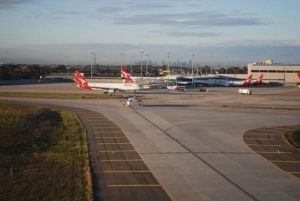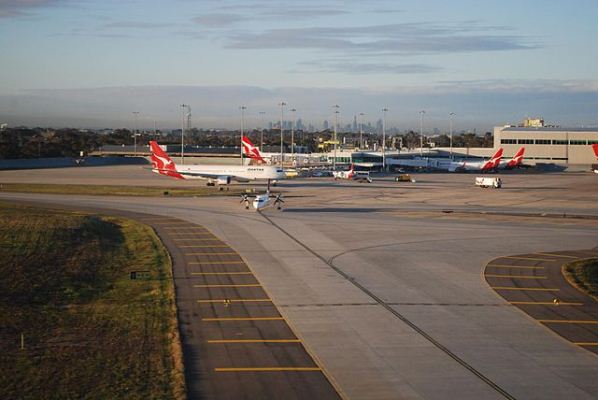 This year is expected to be another profitable one for airlines as the International Air Transport Association (IATA) revised its 2017 industry profitability outlook upwards, though the forecast is lower than for 2016.
This year is expected to be another profitable one for airlines as the International Air Transport Association (IATA) revised its 2017 industry profitability outlook upwards, though the forecast is lower than for 2016.
Airlines are expected to report this year a US$31.4 billion profit (up from the previously forecast $29.8 billion) on revenues of $743 billion (up from the previously forecast $736 billion).
“This will be another solid year of performance for the airline industry. Demand for both the cargo and passenger business is stronger than expected. While revenues are increasing, earnings are being squeezed by rising fuel, labor and maintenance expenses. Airlines are still well in the black and delivering earnings above their cost of capital. But, compared to last year, there is a dip in profitability,” said Alexandre de Juniac, IATA’s director general and CEO.
“Airlines are defining a new epoch in industry profitability. For a third year in a row we expect returns that are above the cost of capital,” added de Juniac.
For 2016, IATA revised downwards its estimation of profits to $34.8 billion (from previously forecast $35.6 billion). Industry level profitability peaked at a historically high level in the first half of 2016 and has since been slowly declining.
“This is the result of margins being squeezed by unit costs which are rising faster than unit revenues. Additionally, net post-tax profits took a hit from fuel hedging losses,” said IATA.
While overall industry performance will continue to be strong this year, major regional variations remain. About half the industry profits are being generated in North America ($15.4 billion). Carriers in Europe and Asia-Pacific will each add a $7.4 billion profit to the industry total. Latin America and Middle East carriers are expected to earn $800 million and $400 million, respectively. Airlines in Africa are expected to post a $100 million loss.
For Asia-Pacific airlines, the $7.4 billion net profit is down from $8.1 billion in 2016. Passenger demand is expected to grow by 10.4%, slightly ahead of expected capacity growth of 8.8%.
Cargo is playing a large role in the strength of Asia’s carriers, which collectively account for about 40% of air cargo shipments, said IATA.
It added: “Cargo revenues are rising for the first time in several years and this trend should be boosted by the restocking of retailers and industry in the initial stages of the economic upturn. China continues to reorient its economy away from exports and toward domestic demand. The wider Asia region is still the key source of manufactured components and finished goods which is showing strong demand at the start of the cyclical economic upturn seen in recent quarters.”
For the overall industry, IATA said the demand environment has been much stronger than anticipated. Expectations for GDP growth in 2017 stand at 2.9%. If realized this will be the strongest global economic performance since 2011.
Passenger demand is expected to grow by 7.4% over the course of 2017. That is the same growth rate as 2016 and 2.3 percentage points higher than previously forecast. Stronger demand translates into an additional 275 million passengers (over 2016), which will bring the total number of passengers expected to fly this year to 4.1 billion.
“If achieved, this would be the largest year-on-year growth in absolute passenger numbers ever recorded,” said IATA.
Global cargo demand is expected to grow by 7.5% in 2017. That is more than double the 3.6% growth realized in 2016 and 4.0 percentage points above the previous forecast for this year.
Total cargo carried is expected to reach 58.2 million tonnes. This is higher than previously forecast (by 2.5 million tonnes) and 3.9 million tonnes over 2016 levels.
“Air cargo typically grows strongly at the start of an economic upturn, as firms turn to rapid air transport to restock inventories—which is what we are seeing today. There are also retail trends, such as the switch to e-commerce and in pharmaceuticals—that are supporting air cargo growth,” said the report.
Meanwhile, the sector’s yields in 2017 are still expected to be down on 2016 levels, but there are signs of stabilization in the first half of the year with a slight improvement anticipated towards year-end, driven by better capacity utilization and the imperative to respond to the rise of unit costs.
Passenger yields are expected to fall by 2.0% over the course of the year. This is the smallest decrease in recent years, IATA said.
Cargo yields are expected to fall by 1.0% over the course of the year, also the smallest decrease in recent years.





